
Fujin Sanjusangendo temple, Kyoto, Japan / Japón Buddha, Buddhism
Sanjusangendo is a Buddhist temple originally named Rengeo-in located in Higashiyama ward in Kyoto. Pictures are forbidden in its long and majestic main wooden hall known for sheltering 1,001 statues of Kannon, the deity of compassion. Contents Description Our pictures How to go to Sanjusangendo? What to see near?

Sanjusangendo Temple
Sanjusangendo Temple 3,977 reviews #8 of 2,060 things to do in Kyoto Historic SitesReligious Sites Closed now 8:00 AM - 4:30 PM Write a review About Originally named Rengeoin Temple, this site has taken on the name of the great hall within which houses 1001 life-sized, wooden statues of Kannon, the goddess of mercy.
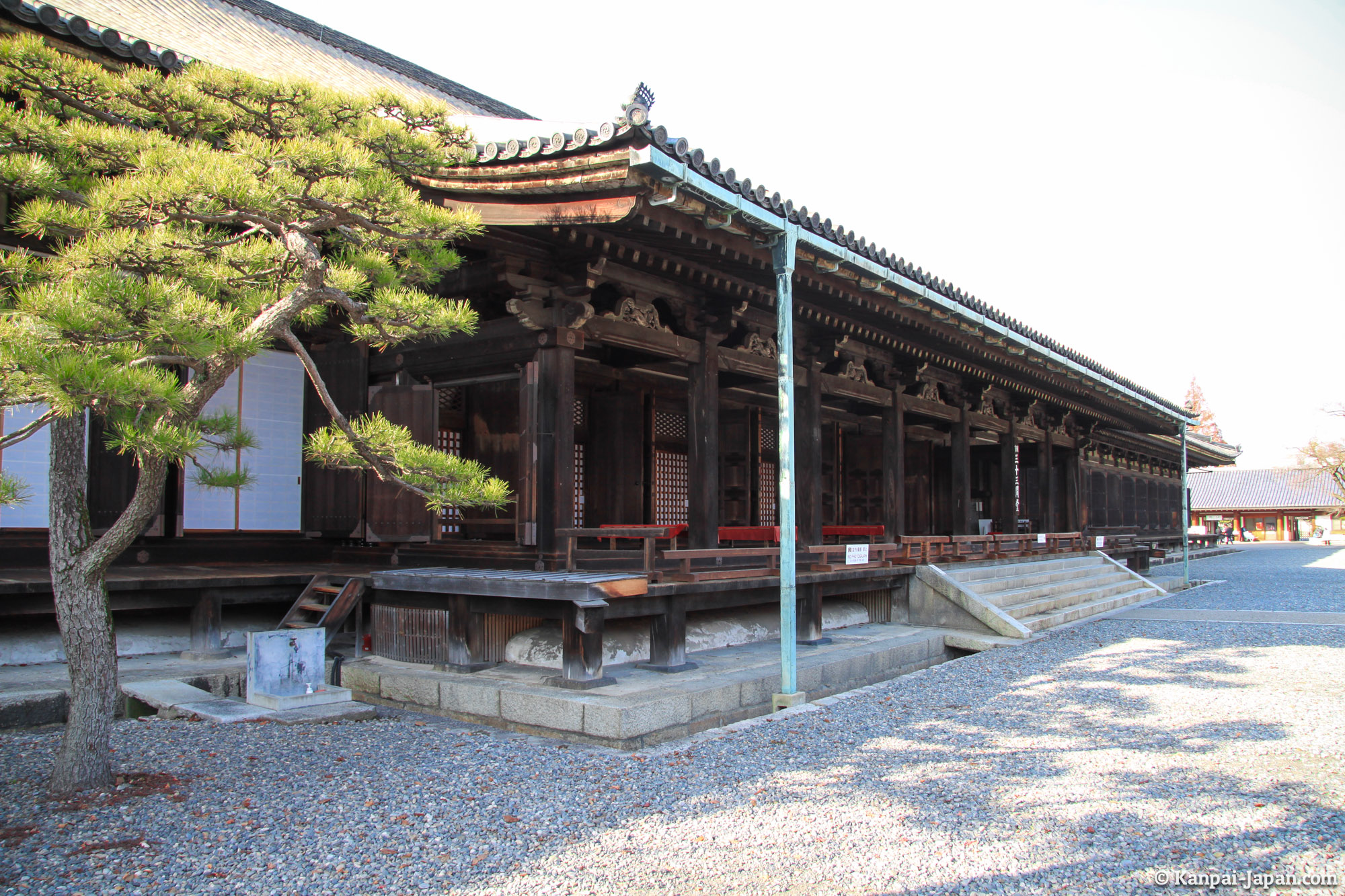
Sanjusangendo The 1001 Buddhist statues temple in Kyoto
Kyoto's spectacular Sanjusangendo Temple, established in the twelfth century, houses 1001 carved wooden statues of Kannon - the Buddhist Goddess of Mercy - set in ranks in the main hall: 500, in ten rows of 50, on each side of the seated figure of Senju Kannon.

15 Best Things to Do in Kyoto (Japan) The Crazy Tourist
The Long Hall of Sanjusangendo Firstly, I must say that this is my favorite single temple not just in Kyoto or even Japan, but perhaps the whole world. While many other may praise the calm gardens of Ryoan-Ji, the great view from Kiyomizu-dera or the shining brilliance of Kinkaku-Ji, it is seemingly humble charm of Sanjusangendo that is closest.
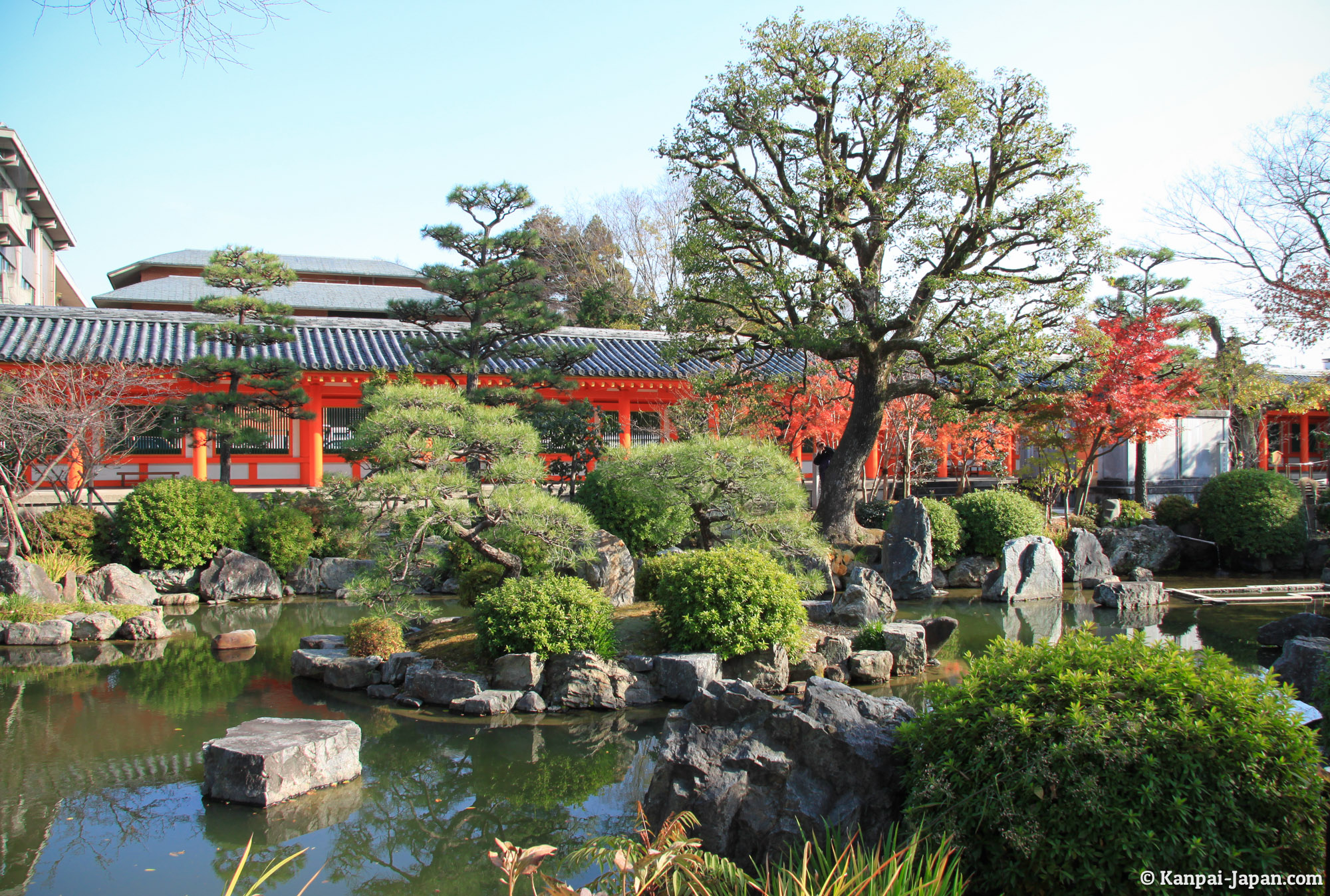
Sanjusangendo The 1001 Buddhist Statues Temple in Kyoto
Sanjusangendo Temple is also known as the temple of 33 spaces (Sanjusan means "33" in Japanese ), though its official name is Rengo-in. Its hall is Japan's longest wooden structure and consists of 35 columns that divide the building into 33 parts. Moreover, the number 33 has a sacred meaning.
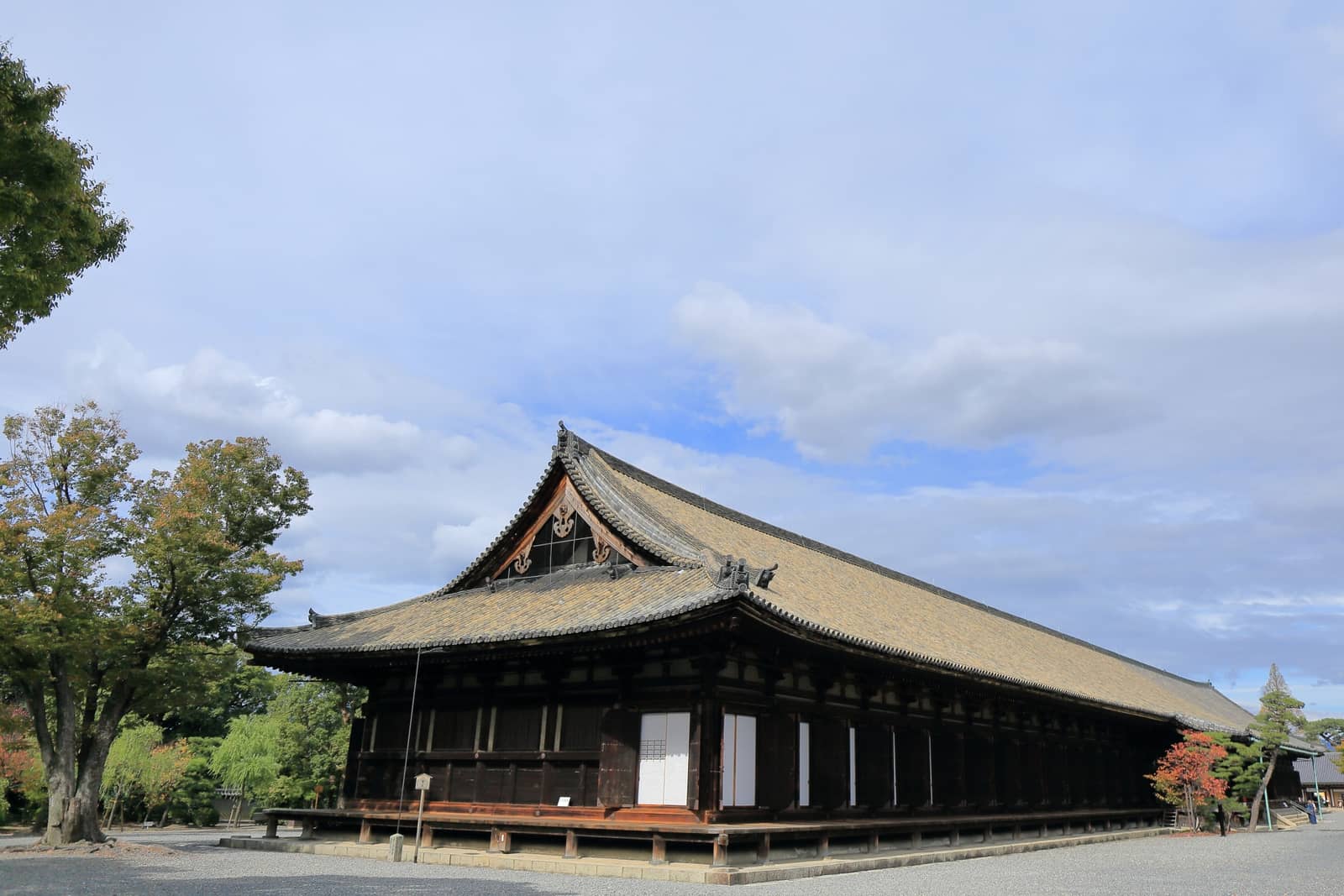
Sanjusangendo Kyoto’s Buddhist Temple with 1,001 Golden Statues
Overall, Sanjusangen-do Temple is a place for one to marvel at the beauty of Japanese Buddhist sculpture and surrender to the compassionate gaze of all those pairs of eyes. Directions 657 Sanjusangenndo-mawari-machi, Higashiyama-ku, Kyoto Tel +81-75-561-0467 Fax +81-75-561-6698 Access: 5-minute walk from Keihan Shichijo Station

Sanjusangendo Temple Info, Tips & Review Travel Caffeine
Sanjusangen-do: Japan's Longest Wooden Structure (C) Myoho-in Temple (C) Myoho-in Temple Sanjusangen-do Temple 's official name is Rengeo-in Temple. The key to the mystery of the origin of its alias "Sanjusangen-do" lies in the temple 's Main Hall, erected in 1164 by Taira no Kiyomori.
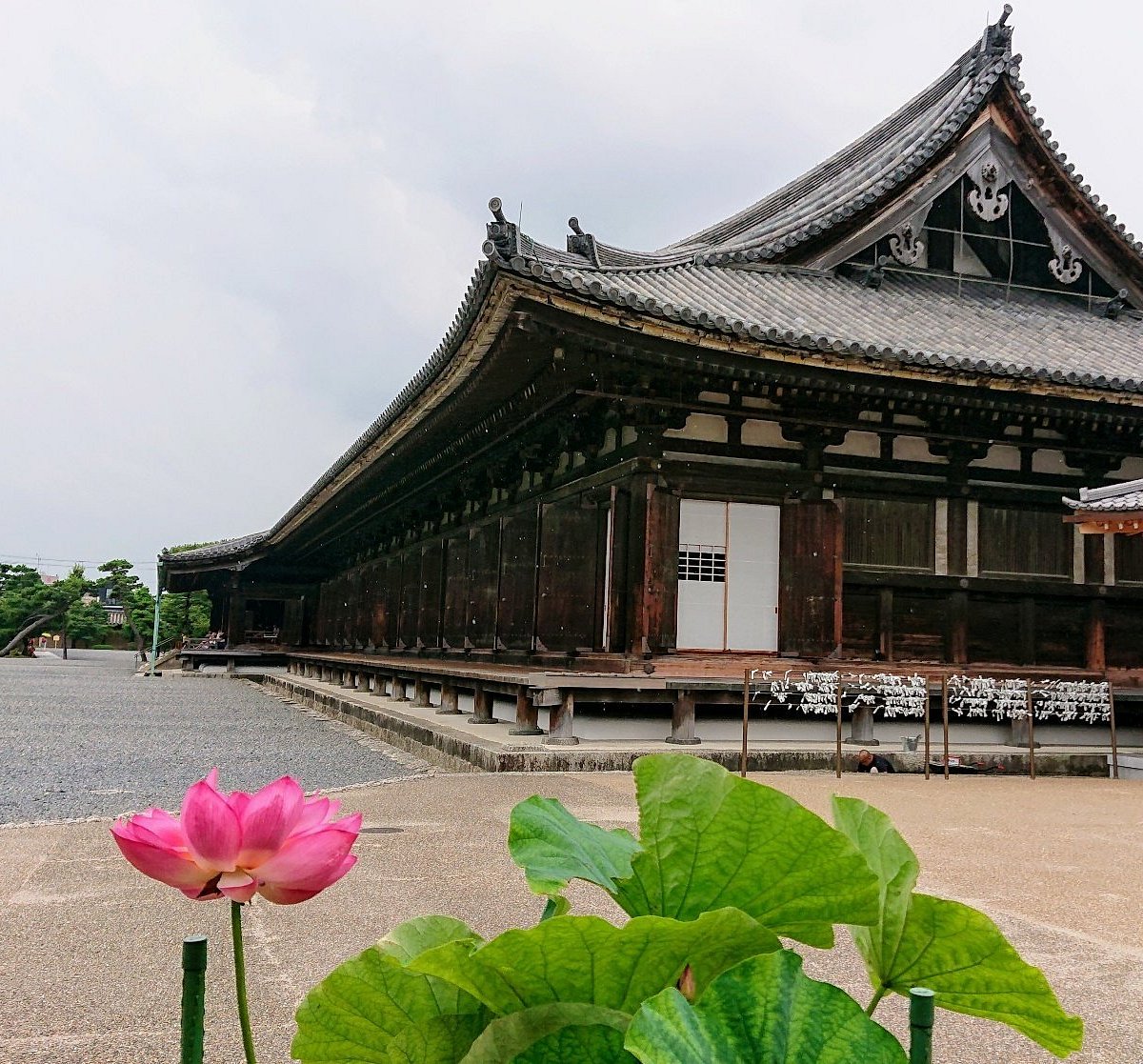
Sanjusangendo Temple (Kyoto) All You Need to Know BEFORE You Go
Sanjūsangen-dō (三十三間堂, Temple of thirty-three bays) is a Buddhist temple of the Tendai sect in the Higashiyama district of Kyoto, Japan . The temple was founded in 1164 by Taira no Kiyomori for the cloistered Emperor Go-Shirakawa. It is officially known as Rengeō-in (蓮華王院, hall of the Lotus King) and belongs to the Myōhō-in temple complex.

Sanjusangendo Temple, Kyoto, Japan Inside this main hall are 1,001
Sanjusangendo is a unique and impressive temple in Kyoto. It dates back to 1164 and is famous for its 1001 golden statues of Kannon, the goddess of mercy. We explored Sanjusangendo as part of our self-guided walking tour through eastern Kyoto.

Kyoto Travel Sanjusangendo Temple WOW U Japan
The Sanjūsangen-dō, or Hall of 33 Bays (the spaces between columns), in Kyoto is a 390 foot long wooden building built in 1266. Officially known as Rengeo-in, this Tendai Buddhist temple houses.
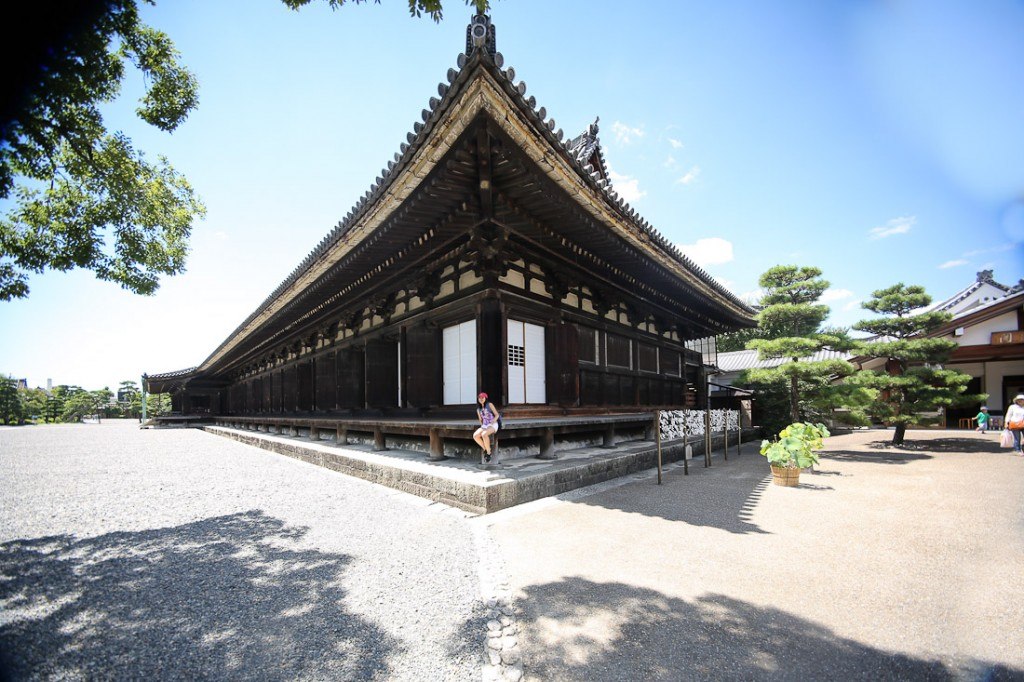
Sanjusangendo Temple and the 1001 Statues of Kannon
Sanjusangendo Temple Coming of Age Day sanjusangendo 3 Today. Today, Myōhō-in Temple manages the Sanjūsangen-Dō and it comes under the tutelage of the Tendai School of Buddhism. The most prolific aspect is the statuary housing 1,001 human-sized sculptures of one of Buddhism's most beloved goddesses, Kannon.
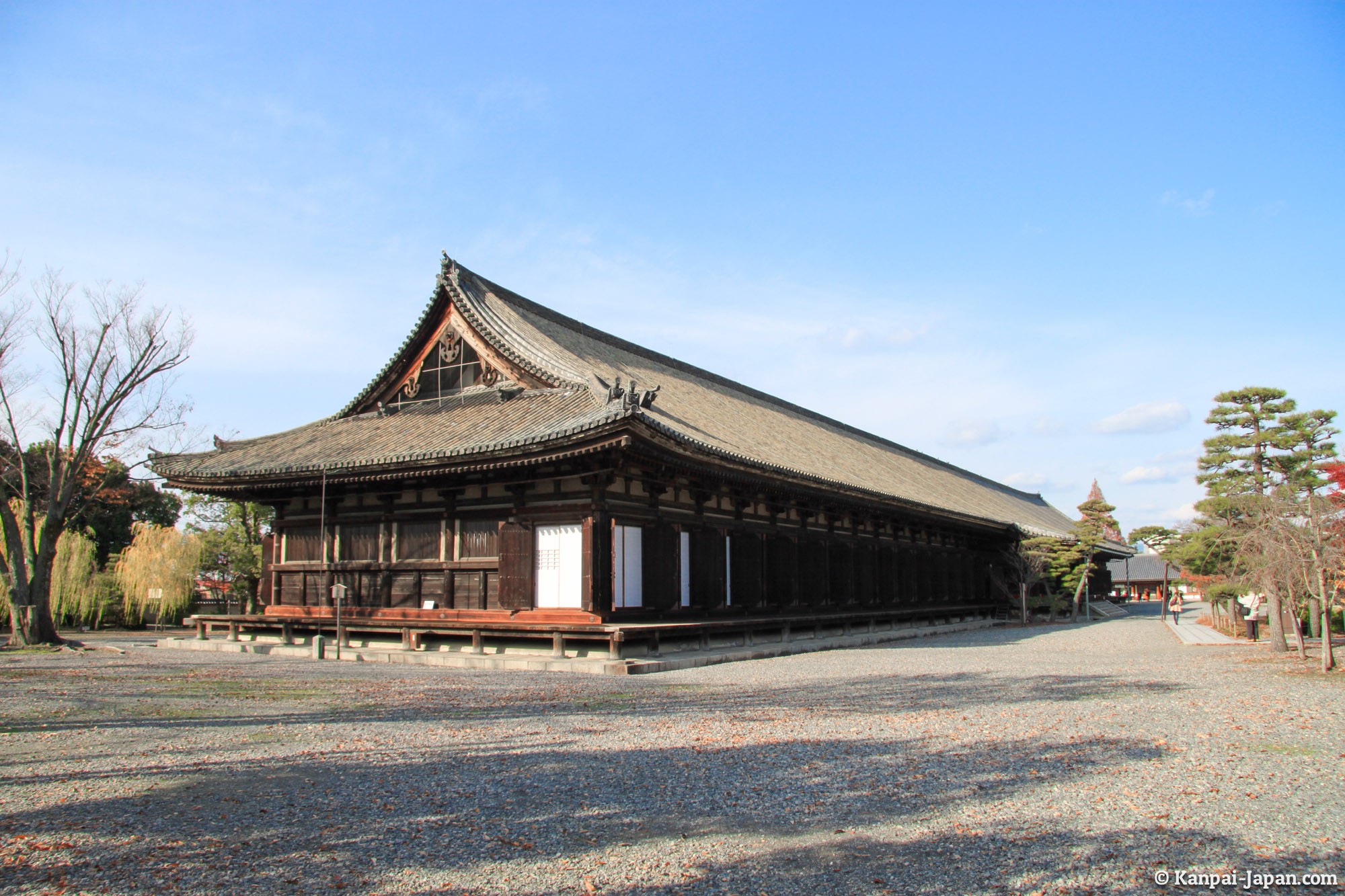
Sanjusangendo The 1001 Buddhist Statues Temple in Kyoto
Not far from Kyoto's Fushimi Inari Taisha lies the temple famously home to 1001 statues of Kannon, the Buddhist Goddess of Mercy. Its name—Sanjusangendo— however, refers to an old method of measurement, literally translating to 'hall with 33 spaces between columns'.

The Tourist’s Guide to Eastern Kyoto Sanjusangendo Temple and Other
Sanjūsangen-dō is primarily famous for its 1,001 statues of Kannon, the goddess of compassion, in her thousand-armed incarnation along the entire length of the thirty-three ken long hall from which the temple gets its moniker. Features 1,001 Thousand-Armed Kannon Statues

Sanjūsangendō Temple My Kyoto Machiya
Sanjusangendo Shinnyodo Shorenin Kyoto Temples & Shrines Bishamondo Chionin Daigoji Daitokuji Eikando Fushimi Inari Genkoan Ginkakuji Heian Shrine Honganji Kinkakuji Kiyomizudera Kodaiji

Sanjūsangendō Discover Kyoto
Sanjusangendo. Sanjusangendo, officially called Rengeō-in, is a Buddhist temple of the Tendai sect located in the Higashiyama district of Kyoto. The temple's main hall is famous for housing 1,001 statues of Senju Kannon (1,000-armed Kannon), the goddess of mercy. Taira no Kiyamori built the temple in 1164 as a retirement palace for Emperor.

The Sanjusangendo Temple In Kyoto Stock Photo Download Image Now
Sanjusangendo is a Buddhist temple which is part of the Rengeo-in monastery in Kyoto, Japan. Founded in 1164 CE, the temple is famous for its impressive dimensions and the 1,001 golden Buddha figures and 28 guardian statues which stand inside it. The temple is listed as a National Treasure of Japan. The Temple Hall